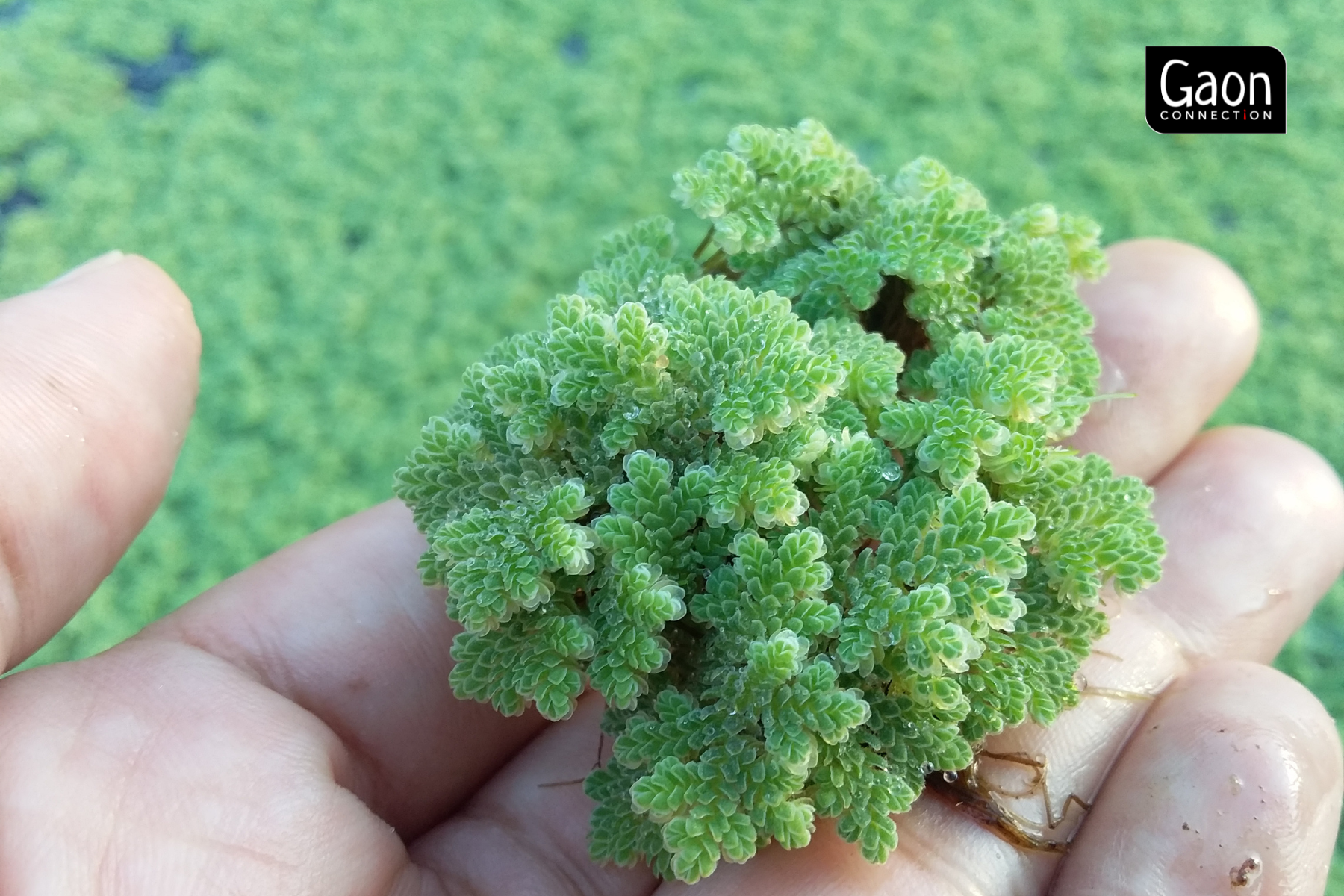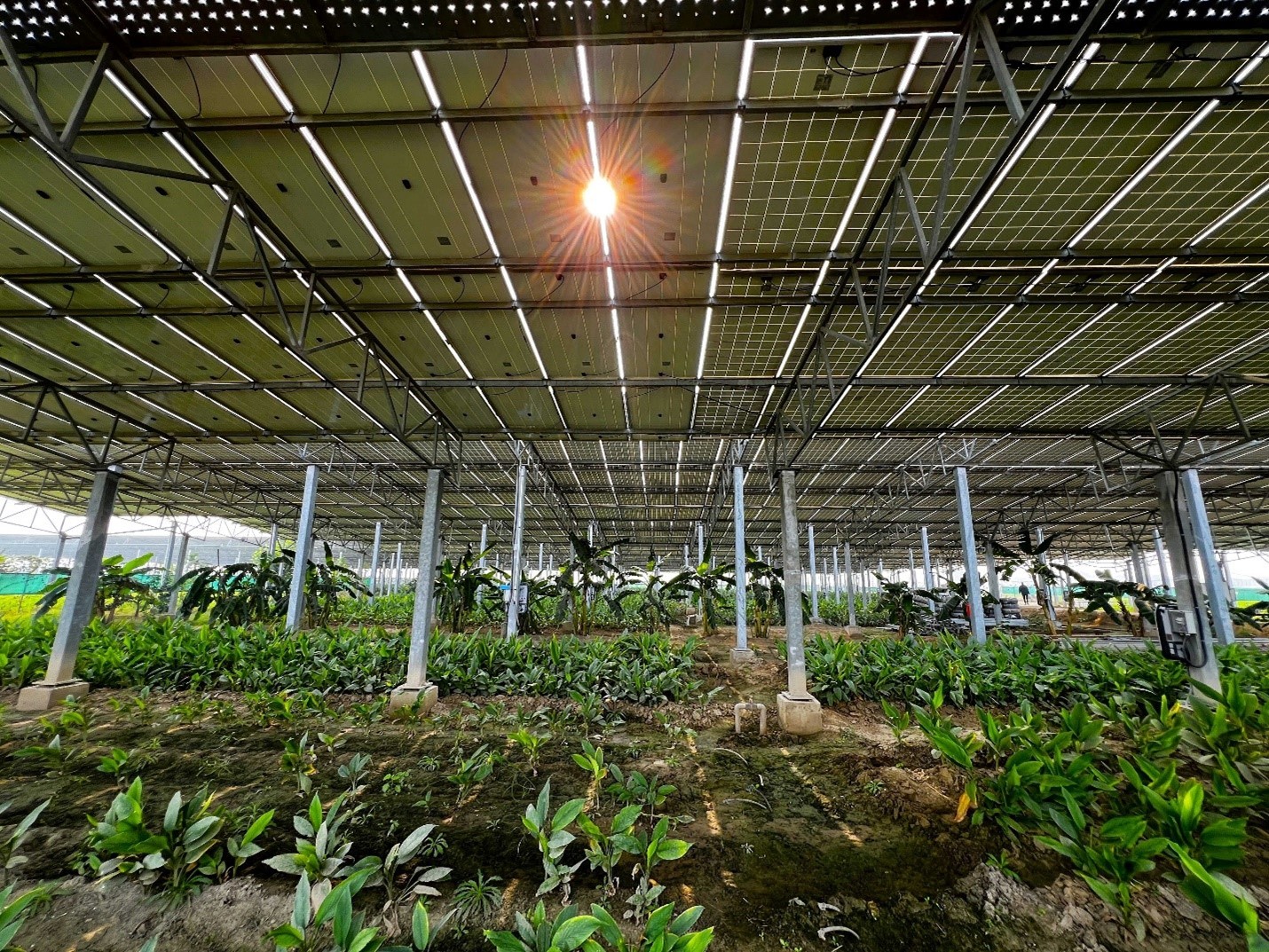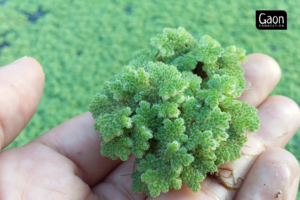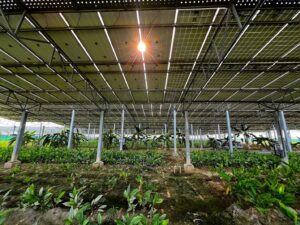The Assam tea industry, famous for the deep-amber-coloured liquor Assam tea with strong, malty flavour, is bearing the brunt of the novel coronavirus (COVID-19) pandemic and is staring at a sharp decline in production this year.
The small tea growers (STG) of Assam, over 86,000 in number, have suffered major losses this year, at least Rs 500 crore, due to multiple factors, the major one being the lockdown imposed in the nation to combat the spread of COVID-19. The Tea Board India, a body under the Ministry of Commerce and Industry, Government of India, classifies small tea growers as planters who own up to 25 acres (10.2 hectares approximately) and cultivate there.
“Small tea growers don’t own factories. They depend on small-scale private tea factories known as bought-leaf factories. The plucked tea leaves should reach these factories the same day or at least within 24 hours from plucking,” said Rajen Bora, president, Assam chapter of the Small Tea Growers Association. “This was impossible during the lockdown and we suffered huge losses,” he told Gaon Connection. “If such lockdowns are implemented again, we will suffer the same way,” he added.
The estimated average annual production of tea in Assam is about 630-700 million kilograms. In 2019, it was at an all-time high of 716.49 million kilograms, accounting for 51.54 per cent of tea produced in all of India as per Assam Branch of Indian Tea Association (ABITA) data.
“Under suitable conditions, we produce 2,000 kilograms of tea per bigha (0.162 hectare) of tea plantation in a year but, this year it could go below 1,400 kilograms,” said Bora.
The work at the tea gardens was halted from March 25, 2020, the day after the nationwide lockdown was announced by Prime Minister Narendra Modi. From April 2, the work resumed with just 25 per cent workforce, who engaged only in spraying necessary plant-protection compounds and irrigating the gardens. From April 15, 50 per cent workforce returned to the gardens. By then, however, the first ‘flush’ was almost over. The first flush is defined as the very first plucking of the tea leaves in the harvest season.
“The first flush of tea is between March 15 and April 15, and the second flush is between May 15 and July 7. This flush is the premium tea which is much sought after. However, we are looking at a poor second flush as well,” said Joydeep Phukan, Principal Officer and Secretary, Tea Research Association (TRA).
Climate change is making things grimmer
The Tea Research Association holds climate change as a major factor affecting tea production. There has been excessive rainfall and lack of sunshine this year.
“We faced a similar situation in 2010. This may be because of a phenomenon called ‘Solar Minimum’ which happens every 10-11 years,” said Phukan. “In 2010, it rained for over 40 days at a stretch and sunshine was poor,” he added. Solar Minimum is when the Sun’s intensity reduces towards the peak of a solar cycle that lasts 11 years on average.
Tea scientists, however, are of the opinion that weather conditions – rise in ambient temperature, drop in rainfall, and uneven distribution of rainfall – impact the tea industry in the state.
“Climate change is pushing rainfall in Assam to the extremes, leading to an overall decrease in precipitation but, more instances of drought and heavy rain,” Kamruza Zaman Ahmed, Scientist, Tocklai Tea Research Institute told Gaon Connection. “Less winter rain results in a reduction of first and second flush premium high-valued tea and shortening of the growing phase. Dry spells make bushes prone to pests,” Ahmed added.
Ahmed also explained how unpredictable rainfall disturbs cultural practices like planting, young tea management, fertiliser application, pest management, and weed management. Excessive and intense rainfall causes flood, washing away nutrients before the plants can absorb them, and waterlogging.
The ideal temperature for tea growth is 20-30 degree Celsius. Temperatures above 35°C and below 10°C are harmful to the bush. Temperature shooting up and dipping below the ideal range is affecting the bush growth.
“Analysis of long-term temperature trends since 1923 shows that on average, the minimum temperature in South Bank region of Assam has increased by about 1.3°C,” he added.
Phukan said that the Tea Research Association acknowledges that climate change is a major threat to the tea industry, and are working on ways to mitigate it.
Moving ahead, with care
The tea industry, including the small tea growers, generates employment for around 1.2 million people in the state, which is a combined workforce of permanent and temporary workers. Of this, more than 50 per cent are women.
Goan Connection spoke to Sanjoy Kishan, Assam Labour and Tea Tribes Welfare Minister. He said ensuring tea garden workers can get back to work at the earliest was one of the biggest concerns since the pandemic began.
“We consulted with the district administration, tea garden owners, various social organisations and tea workers’ associations for we knew their work will be affected,” Kishan said.
The minister said that the state government issued directives to all the tea gardens to ensure all COVID-19 protocols for workers – physical distancing, use of face masks and frequent sanitisation.
The Assam Tea Tribes Students’ Association (ATTSA) asked the Assam government to ensure tea garden workers get their full due during the lockdown. Dhiraj Gowala, president of ATTSA said that the organisation has taken up this issue with the Assam Chief Minister’s Office.



















